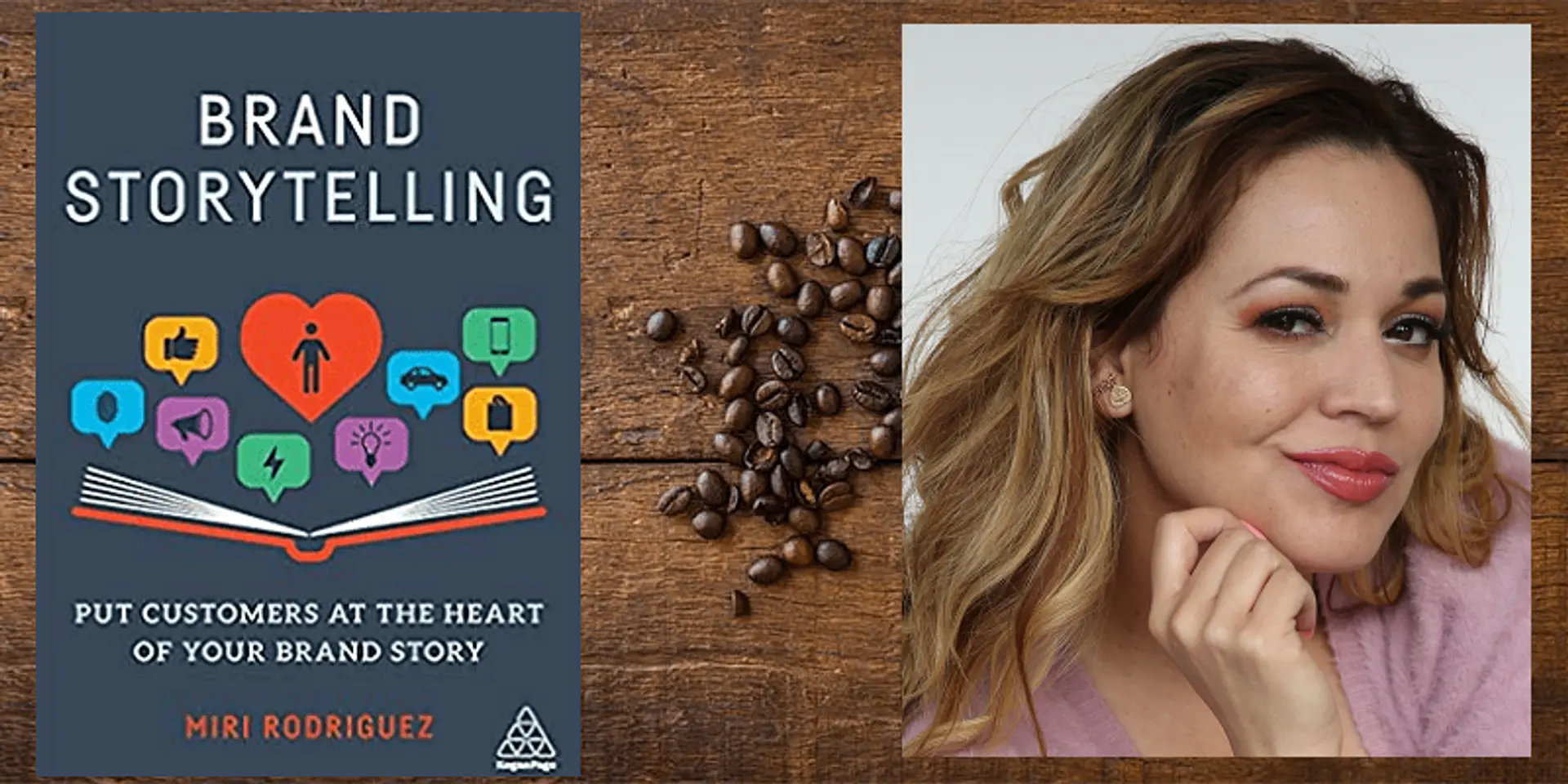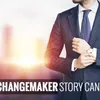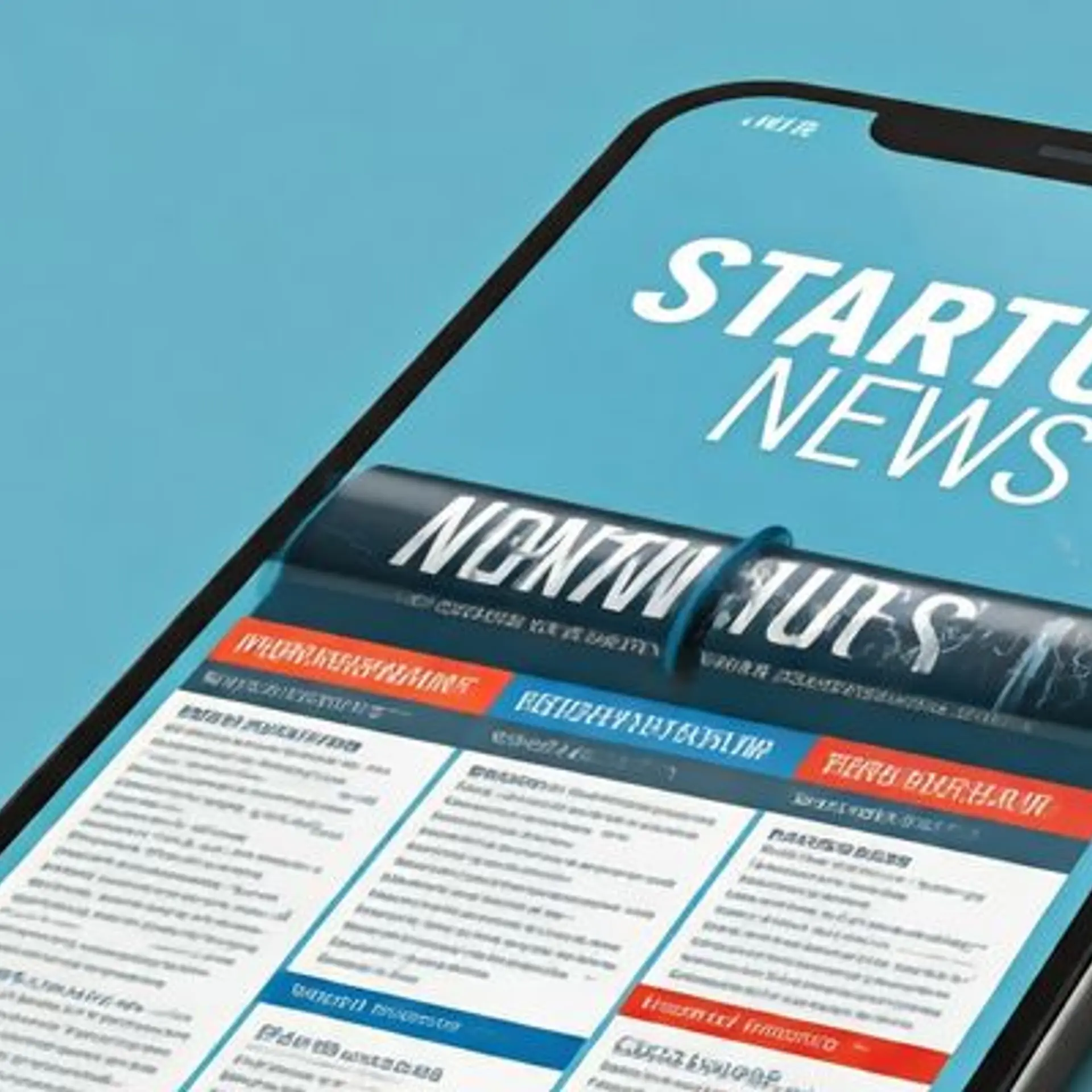How brands and innovators must humanise their messages – Miri Rodriguez, author, ‘Brand Storytelling’
Customers should be at heart of the brand narrative, particularly in the era of the pandemic. Bestselling author and corporate storyteller Miri Rodriguez explains how.
Miri Rodriguez is the author of Brand Storytelling: Put Customers at the Heart of Your Brand. The handy business communication book brings together insights and practical tips blending storytelling, marketing, branding, design thinking and employee advocacy (see my book review here).
Miri Rodriguez is a digital marketer and storyteller, and was a creative journalist in the engineering discipline at Microsoft Corporation. Born in Venezuela, she now lives in Washington.
See YourStory’s Book Review section with reviews of over 280 titles on creativity, entrepreneurship, innovation, social enterprise, and digital transformation.
In this chat with YourStory, Miri talks about the importance of authenticity in storytelling, the role of vulnerability, and humanising brands in the era of the pandemic.
Edited excerpts from the interview:
YourStory [YS]: What are some of the common myths and misconceptions about storytelling that you still come across? How can they be tackled?
Miri Rodriguez [MR]: The greatest misconception is that storytelling is telling stories for marketing and communication goals. This couldn’t be further from the truth.
Storytelling is a long-term, thought leadership, and culture activation technique that serves as the blueprint of why a brand exists and why it continues to be relevant in the market.
The best way to tackle this is for brand leaders to own the brand narrative instead of leaving it to marketing and social media managers to figure it out as a tactical scheme. Leaders at the top should consider what is their current brand mission and story and if it needs to be evolved or changed altogether so the brand can remain relevant today.
YS: How was your book received? What were some of the unusual responses and reactions you got?
MR: Brand storytelling was originally scheduled to launch in the summer of 2019 but due to my work, I requested an extension. The publisher then agreed for it to launch in December 2019 and later pushed it further to March 2020. I was a bit disappointed at this new date.
Compared to the holiday season, what happens in March? I also scheduled a 17 international city book tour and was on my way to the third leg in Finland when the pandemic hit.
Needless to say, it was an unusual and unprecedented time to launch a book. I did not know what to expect…and then people loved it. It actually took the #1 and #2 spots on Amazon’s New Release list for the entire launch week!
I was overwhelmed with the response and support. The pandemic forced brands to rethink their branding strategies and people and brands couldn’t get enough.
Some of the reactions I got: “Two chapters in and I can’t put it down,” and “This is the book we needed for such a time as this.”
‘Brand Storytelling’ became one of the top performing/sellers for the publishing house and has earned three awards so far, including a Silver Stevie Award (full list on the book’s website).

YS: What is your current field of work in storytelling?
MR: Today, I leverage storytelling to drive culture activation with our early in career employees and interns at Microsoft. I also sit in the Storytelling Council and help drive engagement strategy for our storyteller community. We have over 4,000 storytellers at Microsoft!
Outside of Microsoft, I consult with brands of all sizes and in many different industries to help them design their brand story.
YS: What special role does storytelling play in the pandemic era? What are some outstanding practices and examples you have seen in this regard?
MR: During this pandemic, storytelling has taken the popular marketing strategy tagline “humanise your brand” to the next level. Pre COVID-19, to humanise your brand meant to essentially deformalise your conversations and talk like a human (primarily on social channels).
The global pandemic compelled brands to rethink their approach and showcase the humans behind the brand. It was no longer enough to “talk human” but brands needed to begin showing up human: not perfect, vulnerable, and also navigating unprecedented times.
Some great examples are brands in the travel and tourism industry that pivoted and extended their services through the ever-evolving market and as consumer needs changed. Some hospitality brands offered free Headspace app subscription to members, others extended travel offerings for remote workers.
One brand that I always call out is the beer brand Corona, who remained silent for a few months during the pandemic and ceased all marketing efforts. Ironically enough, their sales were strong.
YS: In the time since your book was published, what are some notable new cases you have come across that would extend the material in the book?
MR: Since the pandemic accelerated digital transformation efforts in all sectors, I can predict that the world is becoming ready for advanced technologies at a mainstream level and this includes immersive technology.
Immersive storytelling will soon be the next frontier where brands will incorporate holograms, interactive applications, and wearable tech to their brand storytelling experience. But first, brands have to get storytelling right!
YS: How should innovators strike that delicate balance between ‘Stick to your vision’ and ‘Adapt to a changed world’?
MR: Innovators by definition are consistently teetering between the creative and the foundational. Casting a vision is aspirational but I think all of us have seen how fragile our plans can be in the face of worldwide tragedy. It’s all about staying nimble and preparing for the worst.
Always measure the risks and have a second and third plan. Adapting is not just a nice to have, but a must have. In today’s world, we’ve learned that the customer is the one driving the experience and the customer will absolutely have a say in the brand story.
Leaders and innovators will do their best to land the story, and then leave it up to the audience to take it from there.
YS: Stories are often confused with 'narratives’, which are larger arcs with stories embedded in them. What are some ways in which such narratives can be developed and communicated by organisations?
MR: Stories and narratives can be used interchangeably and in the case of brand storytelling, should be. The brand narrative is the overarching theme of the brand: Why does it exist? What is the origin story? Where is the brand going? What are the brand’s core values?
Stories will help deliver that narrative and continuously remind the audience why they should remain loyal to the brand. Brand storytelling is two things: designing the narrative of the brand, and telling stories that corroborate that narrative.

YS: What are some challenges in telling and sharing 'failure stories'? How can individuals and organisations nurture this important capability?
MR: The challenge — and the benefit — of sharing stories of failure is that it makes the brand show up as vulnerable. And vulnerability is a key ingredient to empathetic and authentic storytelling.
If the brand is willing to not only tell stories of success, but also share the pitfalls and bruises of the journey to get there, it has a greater chance at connecting with audiences at the very human level. Audiences will have an opportunity to empathise with the brand, and build equity in trust.
However, vulnerability also has its downfall. Too much of it and it may weaken the perception of the brand in the market. Brands have to evaluate how far they’re willing to go as they become more and more vulnerable and set parameters and ground rules to also keep the brand looking strong.
YS: It’s one thing to fail with a product, and a bigger dimension to fail with a company. How should leaders regroup and recover in these two situations?
MR: In today’s ‘cancel culture,’ both are equally devastating and hard to recover from – but if you’ve spent the time building trust equity with your customers, the comeback can be greater than the setback.
I mention a couple of examples of this in my book, namely CEOs of Starbucks and Apple getting fired and then returning to lead the brands and take them to neigh heights. It’s less about recovery and more about regrouping to decide where to go next and what will be the next chapters of that story.
YS: What are the storytelling challenges during a rebranding exercise – how can the story arc be changed without confusing customers?
MR: In a rebranding exercise, it’s important to start with the brand origin story. Go back to the root of where it all began and why and seek the nostalgia that gave birth to an idea that eventually became a product or service.
That is the essence of the brand story and that will always be the core of the story, no matter how many times the brand changes a mission statement or its assets such as logo or slogan. If you take time to revisit the heart of your origin story and remind your customers why it exists, they will never be confused at the evolution of the brand assets, because the storyline will always be the same.
YS: What are some interesting traits you observe in storytelling in different cultures?
MR: In the Western world we are seeing Gen Z and Gen Alpha get more curious about the brand’s social stance and social good status. These newer generations are intentional and emotional buyers. They are not spenders. Rather, they carefully consider a product and talk to their friends about it before they actually decide if they want to buy it.
These trends are compelling brands to think further about the entity of the brand: its core values, its political views, its environmental policies beyond carbon neutrality, because they know well that the relationship between consumer and brand is going beyond a purchase transaction, it is a cultural and emotional one.
Brands that are leaning into this idea and nimbly evolving their story to showcase how “friendly” they can be to potential customers, will begin to lead in the market. This is true for every industry so brands elsewhere seeking to innovate should start finding ways to elevate their positioning by creating a social good, environmental and/or political stance beyond their product offering.

YS: In what ways do today’s youth differ in terms of story preferences and behaviours as compared to earlier generations?
MR: Referring to my answer question above, we are seeing more and more that newer generations are thinking about their relationship with brands as an extension of themselves. This may not be true immediately outside of the Western world, but may soon catch on as I believe it is more of a demographic than geographic trend.
What’s the same is that customers do want to remain loyal to a brand, and will, once they find they can trust them. What’s new is that they trust less and less and the brand has to do a lot of extra leg work to win the customer’s heart beyond the quality of the product.
YS: What is your next book going to be about?
MR: A romance novel! I never thought I’d write a business book ever. That was probably one of the hardest things I ever did. Now, I want to have fun with writing (not that I didn’t have fun with this one, but you know what I mean!).
YS: What is your parting message to the startups and aspiring innovators in our audience?
MR: To me, innovation is a good mix of empathy plus imagination, and both come from the deepest level of our human condition. We need to get back to our humanity. We need to get back to the heart of why we do things and for whom and for what.
Ask yourself: What is the legacy you want to leave? Why is it important for you to build this or create something? How will this — and you — be remembered long after you’re gone?
Innovation changes people, cultures and norms. How far are you willing to go to write a story no one ever heard of?
Edited by Saheli Sen Gupta











